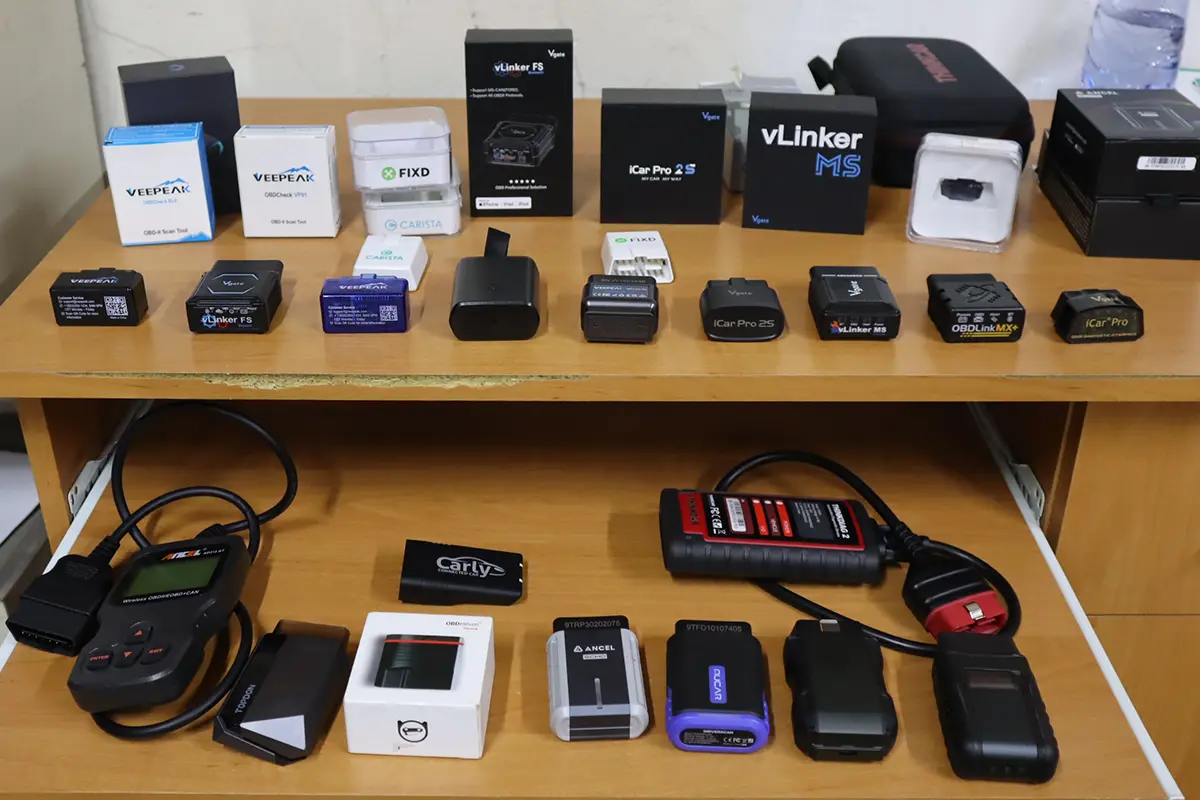The P0C1A: Drive Motor “B” Torque Delivered Performance fault code indicates that Drive Motor “B” is not delivering torque according to expected performance standards. This issue can be caused by inconsistent torque delivery, a faulty torque sensor, or issues within the drive motor. Proper torque delivery is essential for vehicle performance, and addressing this issue is critical for smooth operation.
P0C1A – Quick Overview
| Code | Information |
|---|---|
| Meaning | P0C1A: Drive Motor “B” Torque Delivered Performance |
| Is it serious? | Yes, improper torque delivery can negatively impact vehicle performance and safety. |
| Possible causes | – Inconsistent torque delivery – Faulty torque sensor – Drive motor issues |
| How to diagnose? | – Test torque delivery against specifications – Inspect torque sensor and wiring – Check for issues with the drive motor |
P0C1A Meaning
The P0C1A code indicates that Drive Motor “B” is not delivering torque as expected according to manufacturer specifications. This can be caused by a faulty torque sensor, wiring problems, or mechanical or electrical issues within Drive Motor “B.” Proper torque delivery ensures optimal performance, handling, and safety. Any inconsistencies in torque output can significantly impact the drivability of the vehicle.
Step-by-step diagnostic guide
| Action | Description | Tools Needed |
|---|---|---|
| Check for Other Codes | Use an OBD-II scanner to check for additional related codes that may provide more context for the torque delivery issue. | OBD-II Scanner |
| Test Torque Delivery Against Specifications | Use a diagnostic tool to measure the torque output of Drive Motor “B” and compare it to the manufacturer’s specifications. Any significant deviations from the expected torque range should be addressed. | Torque Diagnostic Tool, Vehicle Manual |
| Inspect Torque Sensor and Wiring | Inspect the torque sensor for any signs of damage or malfunction. Also, check the wiring and connectors for loose connections, corrosion, or damage that could interfere with sensor performance. | Multimeter, Flashlight, Safety Gloves |
| Test the Torque Sensor | Use a multimeter or diagnostic tool to verify the output from the torque sensor. Compare the readings to manufacturer specifications. Replace the sensor if it is not performing correctly. | Multimeter, Diagnostic Tool |
| Check for Drive Motor Issues | Inspect Drive Motor “B” for any internal mechanical wear, electrical issues, or faults that could affect torque delivery. | Diagnostic Tool, Vehicle Manual |
| Clear the Code and Test Drive | After completing the necessary repairs, clear the fault code using an OBD-II scanner and conduct a test drive to ensure proper torque delivery. | OBD-II Scanner, Vehicle Owner’s Manual |
| Recheck for Codes | After the test drive, re-scan the system to ensure that the P0C1A code does not return. | OBD-II Scanner |

OBD-II scanner Buyer’s Guide
- Scanner features explained
- Different types of scanners
- Scanners for coding/odometer/ECU/checks
- Best picks + discount codes

Hi, I am Juraj “Yuri” Lukacko. I got frustrated by unhelpful and scammy mechanics, so I decided to learn everything about car diagnostics myself. I test dozens of new car diagnostic tools every month along with learning new strategies to fix and customize cars. About Juraj Lukacko (Yuri)